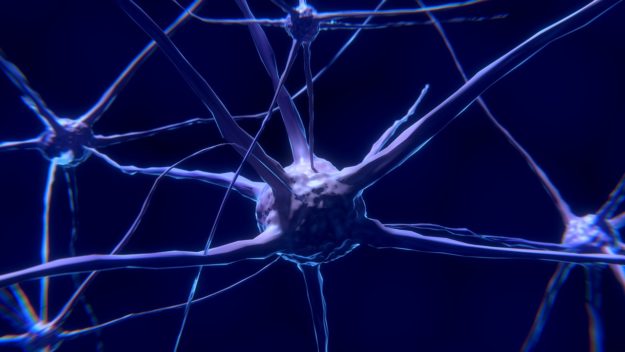What to Look for When Possibly Dealing with the Condition Known as Phantom Limb
There is a phenomenon known as Phantom Limb Pain in the medical world. This normally happens when there is an amputated limb, but there are also cases where a person can feel this pain in an intact limb. To understand more, Dr. Eldor Brish elaborated on why this happens. Dr. Eldor Brish is a renowned consultant working with Lonestar State Medical LLC. From his dedicated time in the medical field, he has seen a rare few who have suffered from this phenomenon.
To start off, what is the pain associated with the diagnosis of a condition called Phantom Limb Syndrome? The phantom pain is described as pain that radiates from a part of the body that no longer exists. Many doctors initially believed that this is a disruption that was caused by a psychological problem, but after studying the syndrome it has become obvious that it is a disconnect between the spinal cord and brain.
The pain can also sometimes be felt in other areas that are still intact after an amputation surgery. Dr. Brish explained that this could be due to underlying health issues.
There have been reports from patients of amputation surgeries that the pain can get better as time progresses through adherence to a treatment plan.. Thankfully there are numerous treatments that can vary widely in cost and time requirements, including medications, physical therapy, acupuncture, VR immersion therapy, and injections.
Symptoms
The most obvious symptom associated with this syndrome is an uncomfortable tingling sometimes sharp sensation. The main feeling in amputees is the feeling that the limb is still intact because there are still nerves active in the intact limb and the brain responds as if one can still move that limb. When there is no limb to move, the brain becomes confused and the result is the phantom limb sensation or “ghost limb” sensation.
The sensations felt may vary and include a feeling of coldness, burning, itchiness or tingling. The phantom pain will come and go or it will be a pain that does not go away. In some cases, these sensations may occur in a part of the body far removed from the limb in question. Meaning if the left leg was amputated then the right arm, breast, or shoulder may feel the pain – this is sometimes referred to as “radiated pain.” The pain can be described as a shooting, stabbing, boring, squeezing, throbbing or burning pain that affects daily life.
Cause
Medical experts, such as Dr. Brish, believe the pain is caused by the disruption of normal nerve function interacting with the brain, which is then responding to mixed signals from the body. The body has a trigger that emits pain once the spinal cord and brain are unable to properly respond to a part of the body.
Studies have proven that the body can redirect responses to another part of the body along the sensory circuit. Therefore, since the amputated limb is not able to respond to the brain in a way that it expects, the body reacts with pain in another limb or body part. For instance, in a patient with an amputated left a foot, their right hand may feel the sensations that the brain expects the foot to have felt. The brain then is unable to reconcile this difference and sends pain signals.
Damaged nerve endings and scar tissue have been analyzed and concluded that this can also contribute to phantom pain. This damage or built up scar tissue creates a memory of the limb that was amputated.
Dr. Eldor Brish became board certified in October 2010 with the American Board of Anesthesiology and again in August 2012 in Pain Management. He graduated from Westlake H.S as salutatorian, being the second of his class out of 467 students in 1997. Afterwards, Dr. Eldor Brish MD went on to study at the University of Texas for his B.A and then The Johns Hopkins School of Medicine in Baltimore for his MD in 2005. He completed his fellowship in Pain Medicine at MD Anderson Cancer Center in Houston TX.










